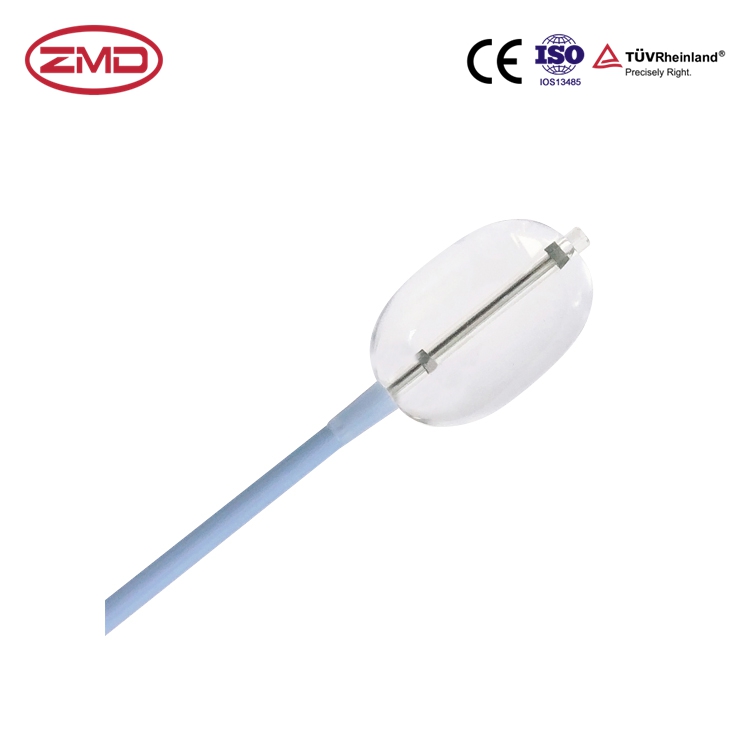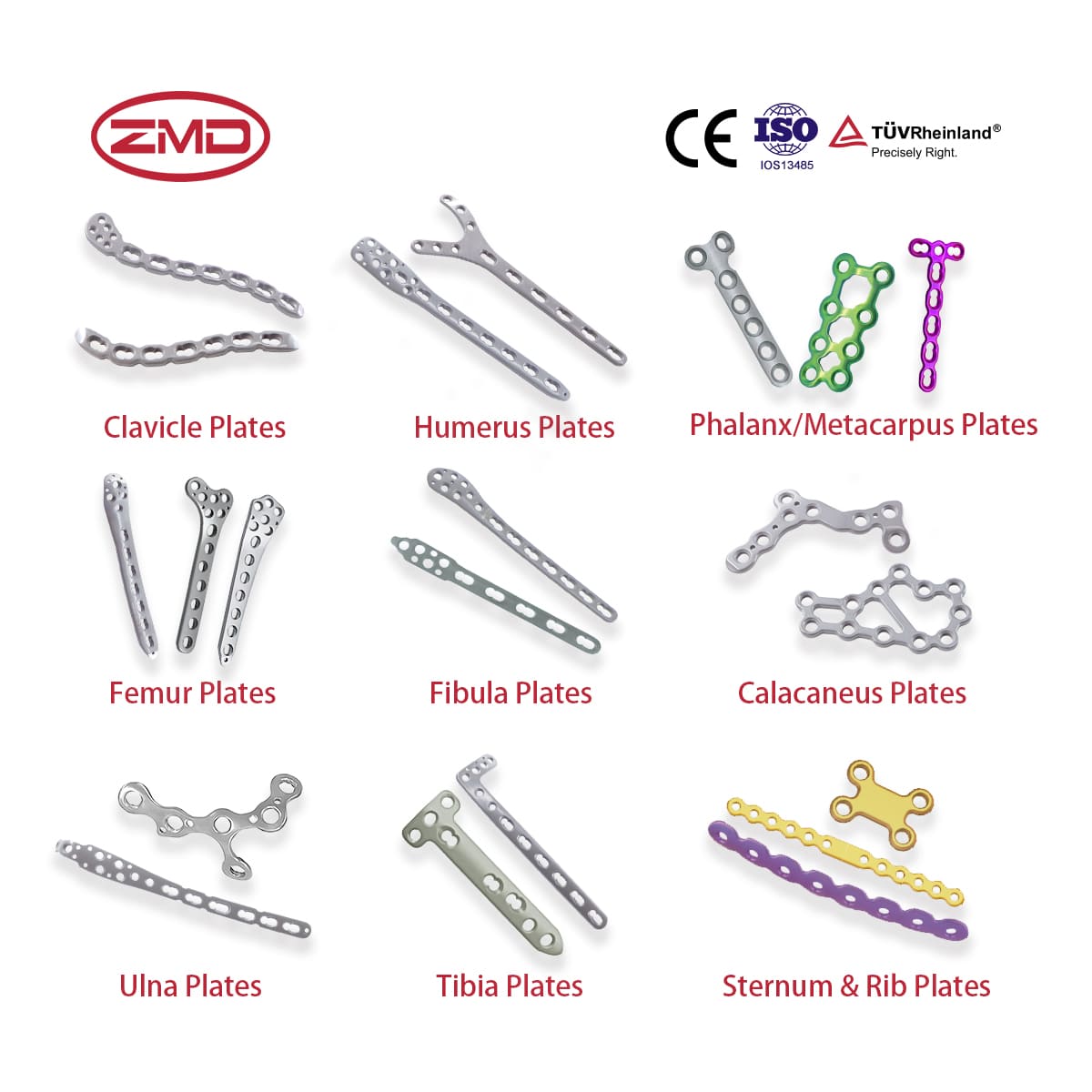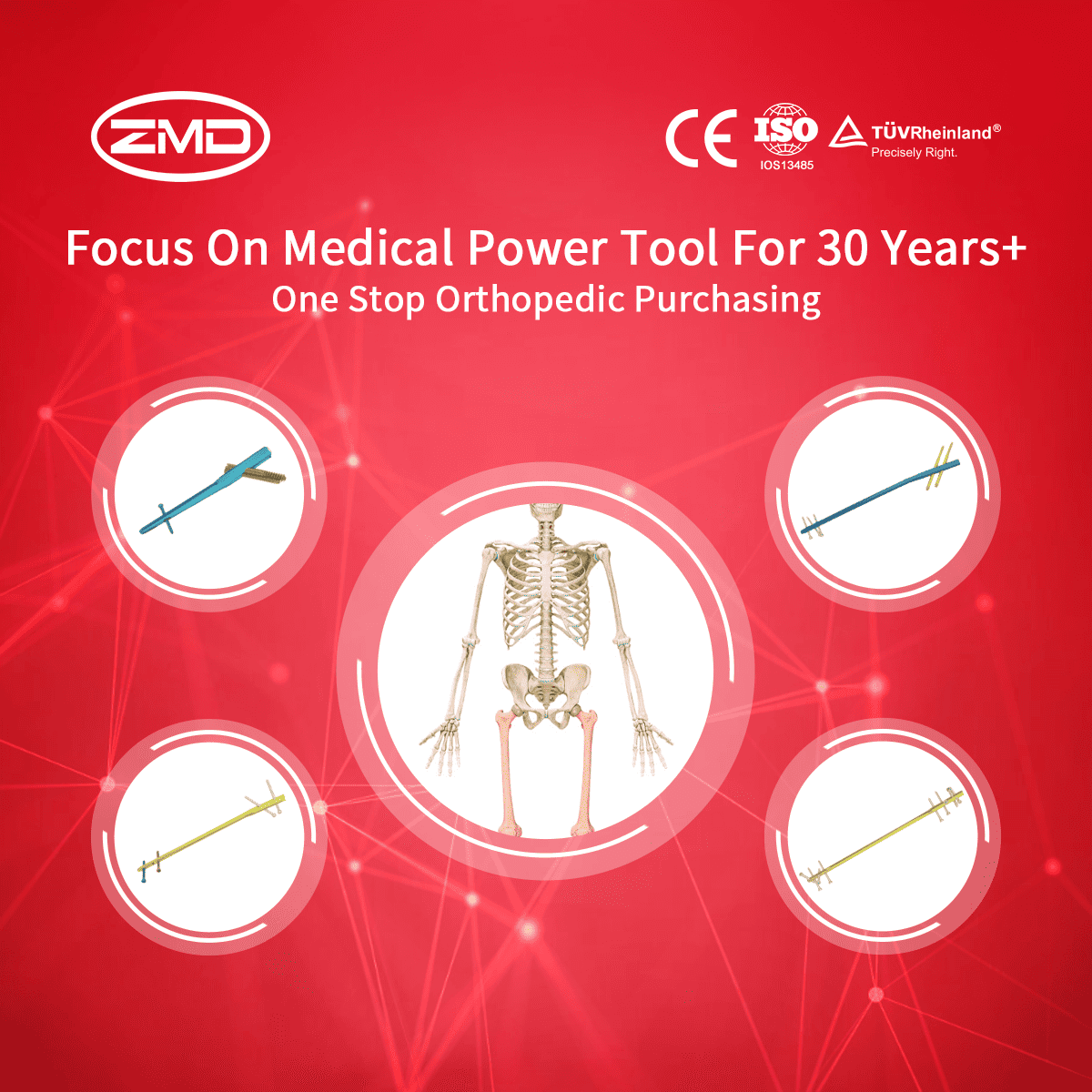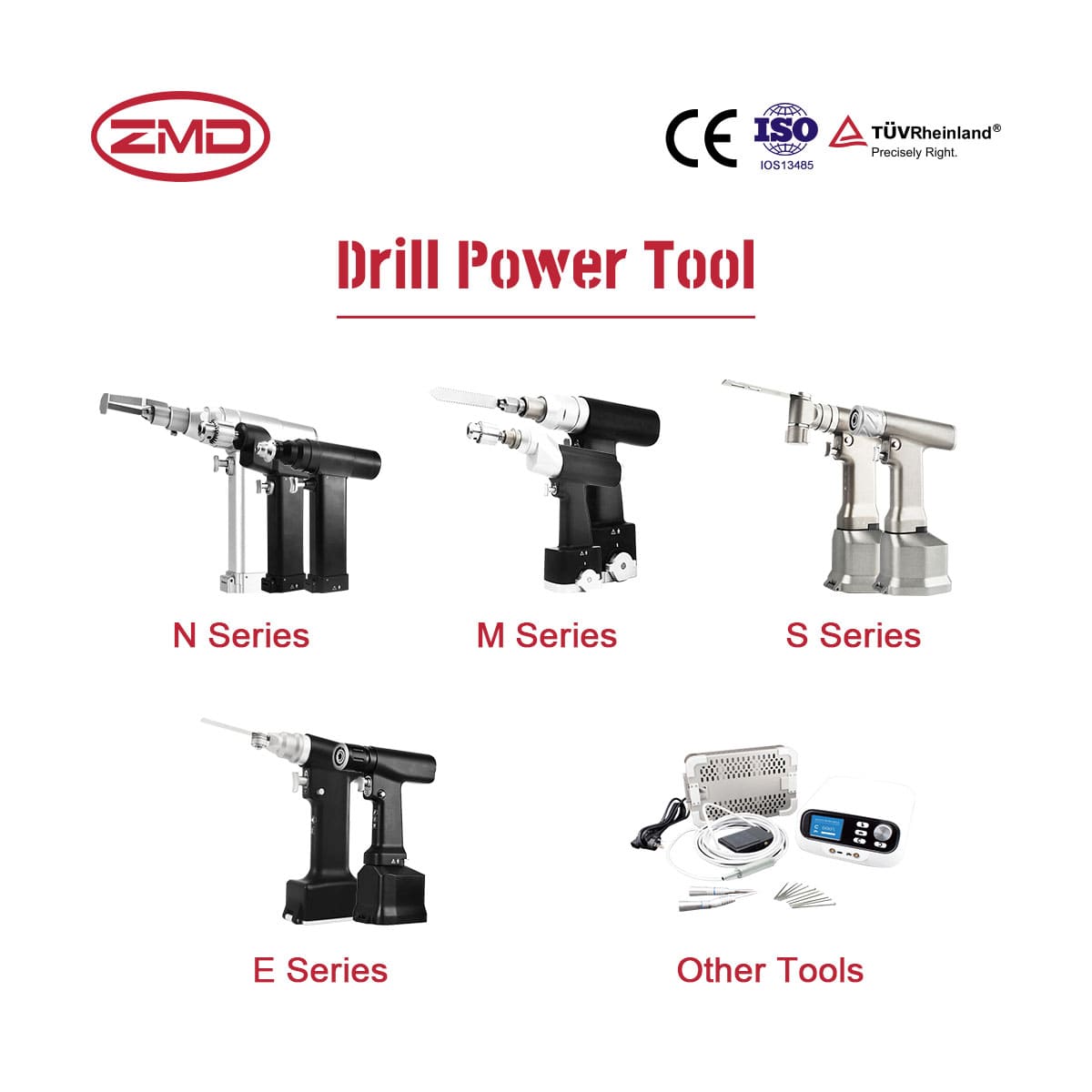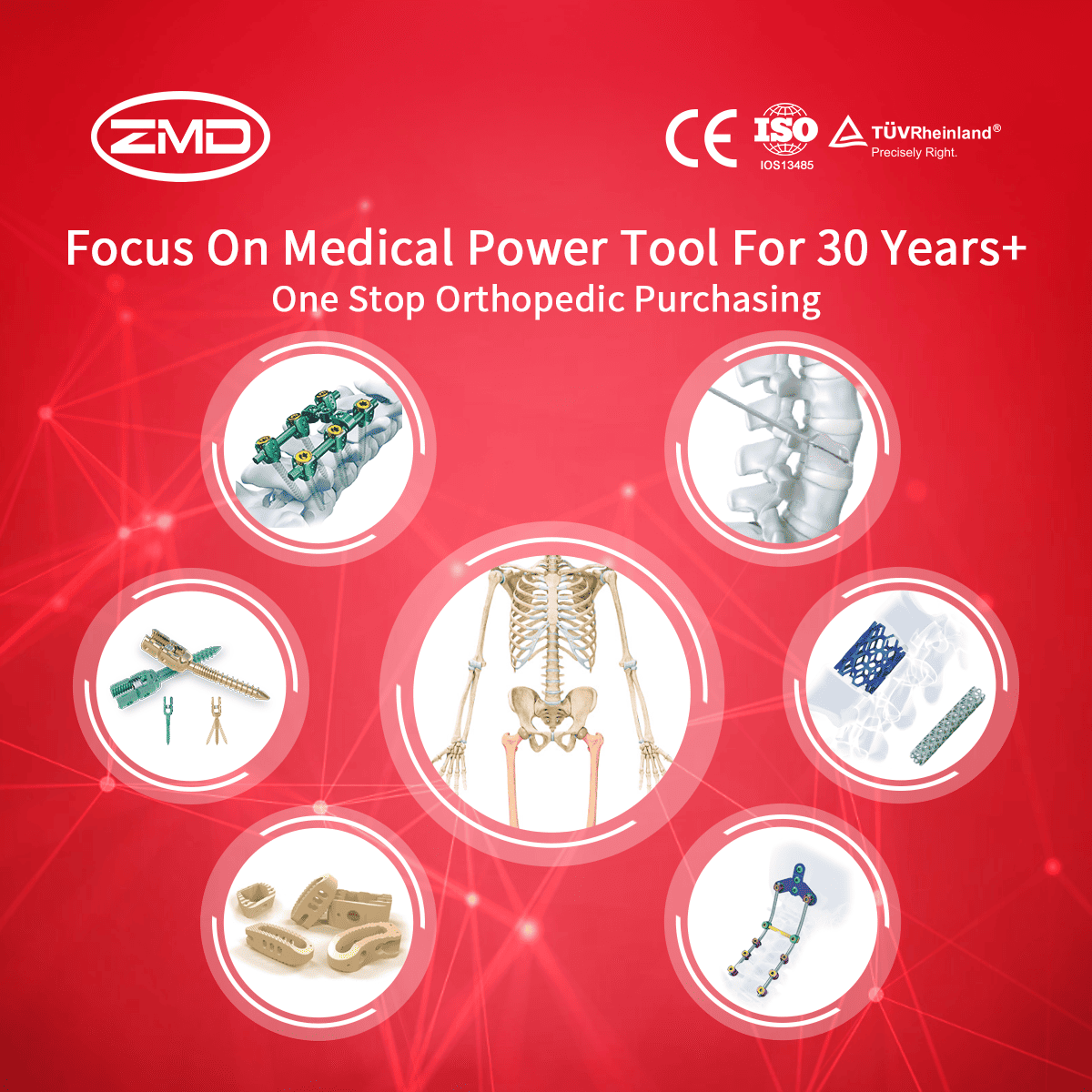PVP Balloon
ZMD
Orthopedic Products
Haven't been able to locate the product you're searching for yet?
If you're interested in more orthopaedic implant products, feel free to get in touch with our ZMD consultants.
What Are Percutaneous Vertebroplasty and Kyphoplasty?
The materials used to make these balloons, such as silicone or polyurethane, are carefully chosen for their flexibility and biocompatibility. Flexibility is a key property because it allows the balloon to be inserted through small incisions and then manipulated within the body. This enables it to reach the target area without causing excessive damage to the surrounding tissues
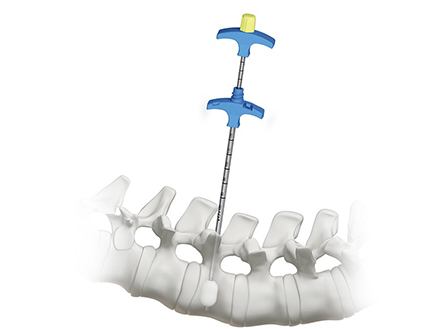
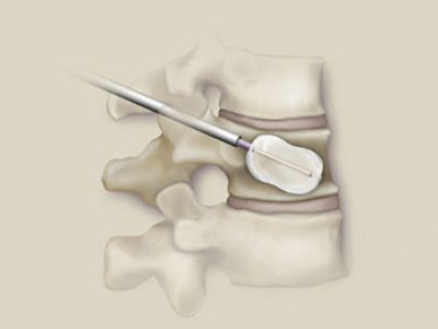
How does a PVP Balloon work?
A PVP Balloon, or Percutaneous Ventral Puncture Balloon, is a unique medical instrument that plays a vital role in minimally invasive medical procedures for abdominal and pelvic conditions
Insertion
Inflation
Treatment
- Staunch bleeding: In cases where there is internal bleeding within the abdomen or pelvis, the inflated PVP Balloon can play a vital role. By exerting targeted pressure on the bleeding site, it can effectively slow down or even stop the flow of blood. This works by compressing the blood vessels or tissues from which the bleeding is originating. For instance, if there is a small rupture in a blood vessel due to an injury or a surgical complication, the balloon can be positioned over that area and inflated to create a tamponade effect, helping to control the bleeding until other definitive measures can be taken.
- Maintain organ position: After certain surgeries or during specific procedures, it’s essential to keep organs in their proper positions. The PVP Balloon can act as a temporary support in such situations. For example, in abdominal surgeries where organs might have been manipulated or repositioned, the balloon can be placed adjacent to an organ and inflated to hold it in place. This helps in preventing displacement, which could lead to complications like kinking of blood vessels supplying the organ or interference with its normal physiological functions.
- Dilate a passage: When there are narrow passages or strictures within the body, such as in the case of a narrowed ureter or a blocked bile duct, the inflation of the PVP Balloon can be used to widen them. As the balloon expands, it gradually stretches the walls of the passage, increasing its diameter. This dilation not only facilitates the normal flow of substances like urine or bile but also creates better access for other instruments that might be needed for further diagnostic or therapeutic procedures. For example, if a stent needs to be inserted into a narrowed vessel or duct, dilating it first with the balloon makes the insertion process smoother and more successful.
Deflation and Removal
Blog
International Women’s Day: Salute to the “She – Power” at ZMD
International Women’s Day: Salute to the “She – Power” at ZMD Amid the trends of “Intelligent Medical Devices” and “Minimally Invasive Medical Technologies”, ZMD thrives
Discover Innovation with Sunan Medical at AAOS
Discover Innovation with Sunan Medical at AAOS The American Academy of Orthopaedic Surgeons (AAOS) Annual Meeting is the premier event for orthopedic professionals worldwide, offering
Visit Us at Expomed Eurasia 2025: Discover Sunan Medical’s Innovations
Visit Us at Expomed Eurasia 2025: Discover Sunan Medical’s Innovations The 32nd Expomed Eurasia, taking place from April 24-26, 2025, at the Tüyap Exhibition and

